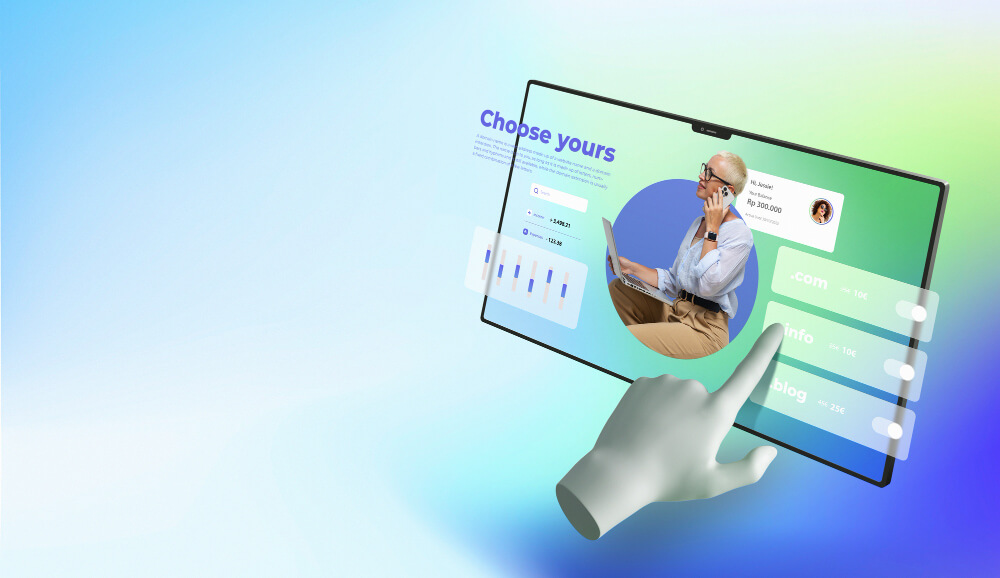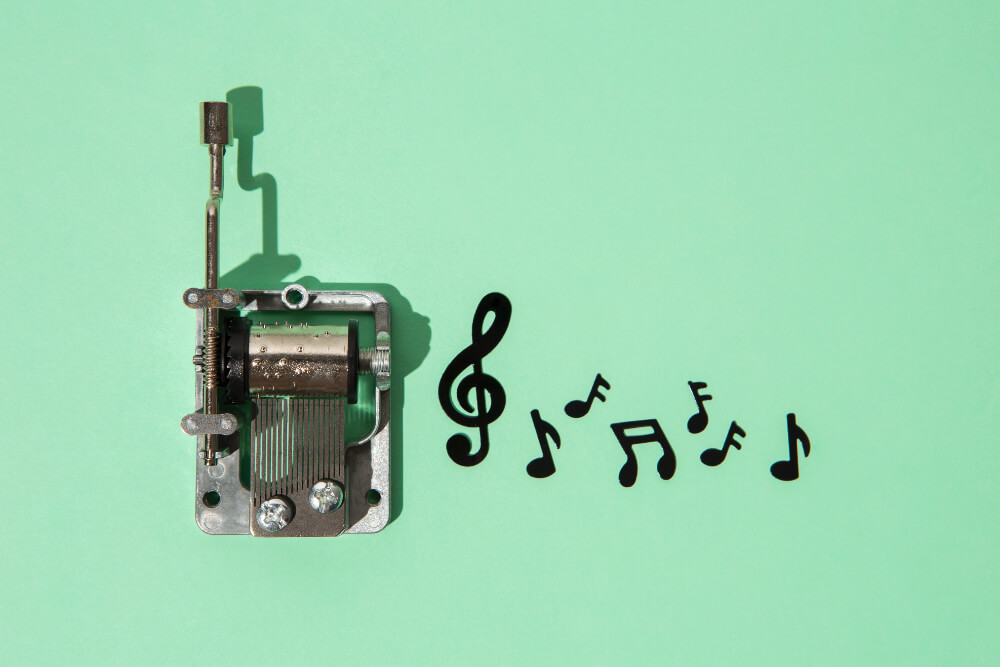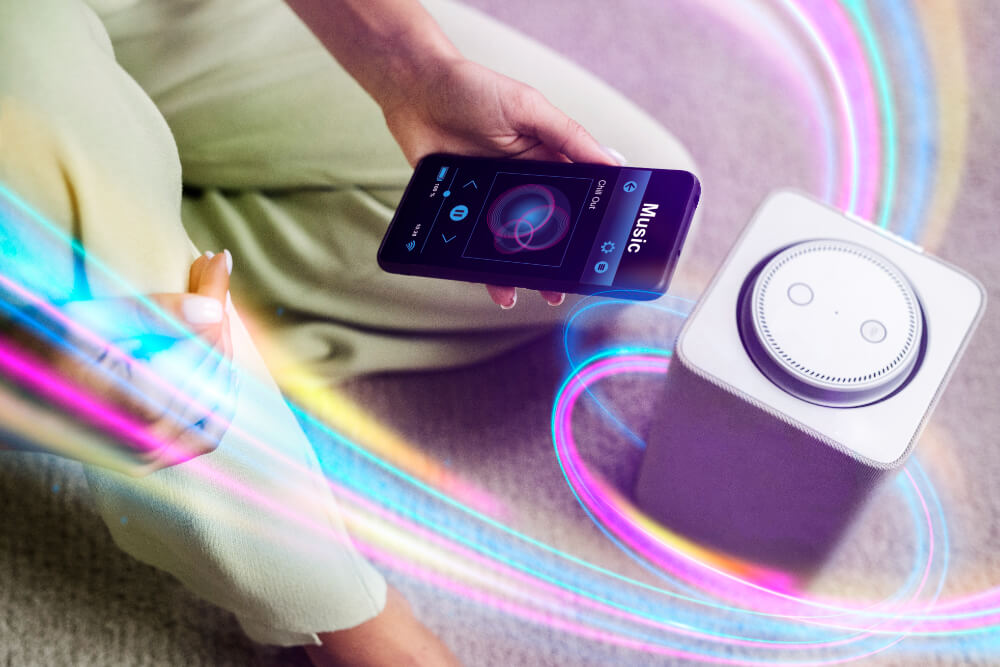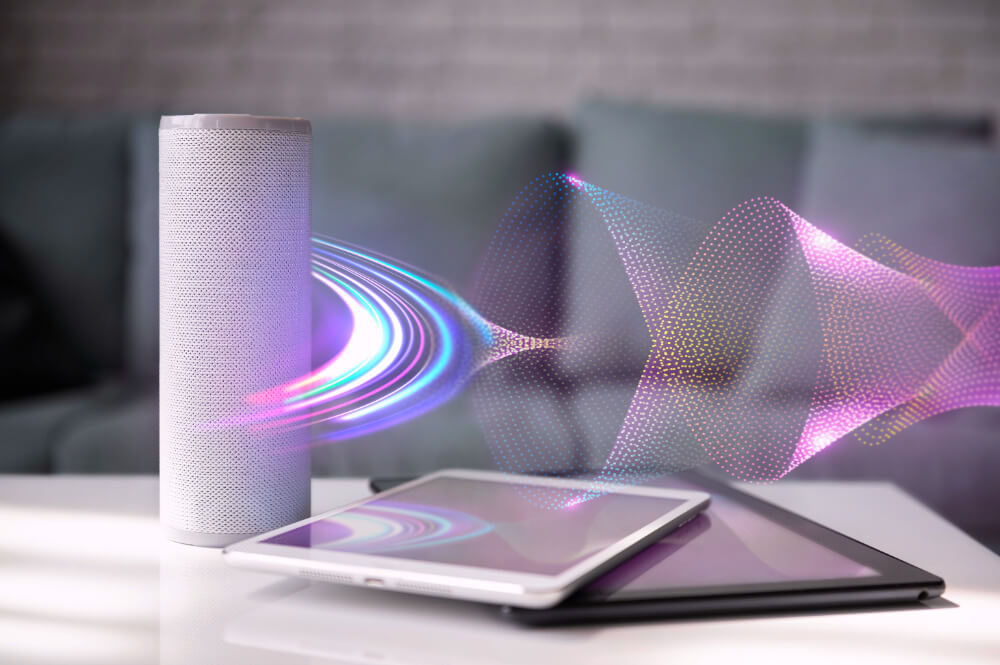Due to the expansion of generative AI, driven by ChatGPT, the use of chatbots in Human Resources is also growing. Its ease of use and ability to offer useful and quality information allows organizations to increase their efficiency in super important issues such as employee care, task automation, and increased productivity of the HR team.
On the other hand, despite it being easier than ever, only 12% of employers are satisfied with their employee information system. In addition, almost 99% agree that it should be easier to access HR information. AI chatbots for HR can be the answer to all these questions.
What is an HR chatbot?
An HR chatbot is an artificial intelligence tool for HR designed to automate and facilitate HR tasks. These chatbots can answer FAQs, help onboarding new employees, and even assist recruiting.
These AI-based systems trained on large amounts of data can provide real-time answers to employee, manager, or HR staff queries. They can also be integrated into HR software to expand their capabilities.
In addition, they allow for the automation of various HR tasks and the performing of predictive analysis on issues such as employee turnover or the identification of skills gaps, among others. This helps HR managers make decisions based on data and improve operational efficiency.
These types of AI chatbots work in a very similar way to ChatGPT. They are conversational models that understand natural language, generate coherent and useful responses to user questions, and unify knowledge in one place. These chatbots used in HR can understand the context of employee queries to provide accurate answers and offer real-time assistance, improving the employee experience and streamlining company processes.
What use cases do HR chatbots offer?
The areas in which an HR chatbot can offer immediate benefits vary. These are divided into 5 main areas.
Recruitment
AI-powered chatbots can be very useful during recruitment and selection. They can be used during initial CV screening, automating the review of CVs received and selecting those that meet the job requirements. They can also be used to ask questions and pre-screen candidates.

These technologies let us automate interview scheduling and improve the candidate experience by giving instant feedback and keeping candidates updated throughout the process.
Onboarding
HR chatbots can also become a great ally in improving and automating the onboarding process, which is crucial to increasing employee retention, boosting initial productivity, and improving the well-being of the new employee.
A welcome bot can provide new employees with immediate access to the necessary information. Our employee onboarding software and module automation enable this automated messaging to be an alternative to a chatbot.

From company policies and operating procedures to facility locations and employee benefits, new employees can quickly become familiar with their new work environment and resolve any questions independently.
HR Processes
HR tasks can often be repetitive and take a lot of time. HR chatbots can make things easier by automating tasks such as scheduling meetings, managing vacation requests, tracking work hours, and answering employee questions. This saves time and helps HR staff to focus on more important and strategic tasks.
In our case, we already have workflows that can be used to replace this functionality of an HR chatbot and automate to generate notifications and messages with flows that help optimize all types of processes.
Chatbots can also streamline other tasks such as employee benefits management, expense reporting, goal and performance tracking, etc. In addition, they can provide more agile and simple support to information or automate internal communications with both candidates and employees.
Performance evaluation
Another area where AI and chatbots can offer many advantages is employee performance evaluation. The recruitment chatbot collects data that helps create detailed reports and personalized tips to improve productivity and performance. By asking a few quick questions, HR can gather all the information needed for a useful performance review.
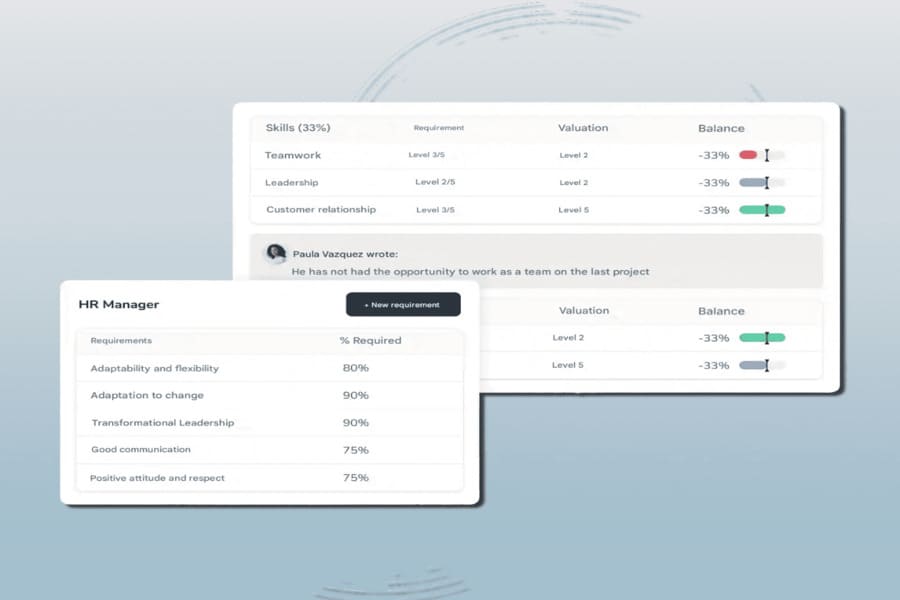
Chatbots also make giving and receiving feedback easier, allowing employees to respond to evaluations more smoothly. They can support training and development by suggesting courses or programs that match each employee’s needs and goals, helping each team member grow in a way that fits them best.
Employee satisfaction
A chatbot can also be a good tool to increase employee satisfaction. Employees can quickly and efficiently ask questions to the chatbot, resolve their doubts about company policies or internal procedures, request days off, etc.
It can become the point of reference where employees can go whenever they need it, and if they cannot find the information they are looking for, the chatbot can redirect them to the appropriate HR staff. They can also be of great help when it comes to receiving feedback from employees, whether collecting their feedback or sending out work environment surveys.
Advantages of HR chatbot
Implementing an HR chatbot can benefit organizations greatly. If done well, it can become a competitive advantage.
24/7 Availability
An HR chatbot is available 24/7. This means that employees can easily get their questions answered at any time, which is especially useful for companies with staff working in different time zones or outside of regular business hours.
Quality information
HR chatbots can give clear and accurate answers to employees. They use the company’s data to give employees the latest and most useful information, helping them make better decisions and feel more satisfied.
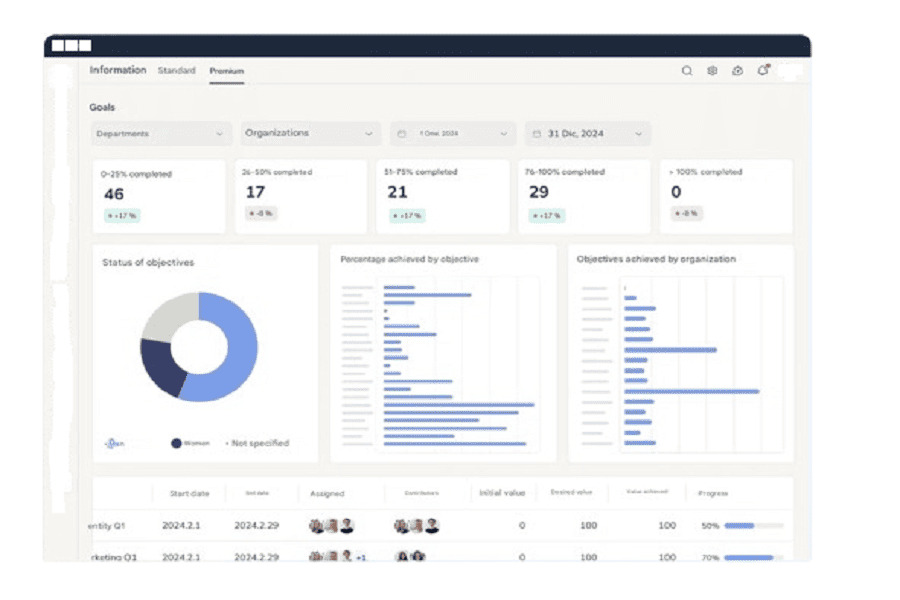
Personalized attention
Every employee can get support that meets their individual needs. Chatbots can customize their responses based on each question, providing a more personalized and satisfying experience for everyone. This can be very useful for companies with very diverse profiles or in different geographic locations.
Easy to use
Because AI chatbots for HR use natural language, they are intuitive and easy for employees to learn. They do not require any prior training or technical knowledge and allow for fluid and natural interaction. Both employees and managers will be able to use it and benefit from its capabilities almost immediately.
Time-saving
HR chatbots can automate repetitive and routine tasks, freeing up time for HR staff to focus on higher-value tasks. This translates into increased efficiency and productivity for the department as a whole, as well as higher employee satisfaction.
Predictive analysis
HR chatbots can analyze data to predict how employees might behave and what trends may occur. This information can be helpful for planning and making decisions. For instance, chatbots can help forecast employee turnover, identify possible performance problems, or find out what training employees might need.
Informed decision making
Chatbots are just another way to collect, analyze, and interpret data. This information is crucial for HR managers, offering real-time insights into workforce dynamics. It helps them make proper decisions based on data that boost efficiency and minimize errors.
Economic
Even though HR chatbots are advanced technology, they’re actually easier and cheaper to use than you might expect. A wide variety of solutions are currently adapted to different budgets and needs. Their implementation can offer a good return on investment.
Implementation of Chatbot in Human Resources
Previously, to have a custom HR chatbot, it was necessary to develop a proprietary model, which was very expensive in every sense. Today, there are pre-trained and ready-to-implement HR chatbot solutions, thus significantly reducing complexity and cost. The use of technology has become democratized.
Organizations can now select one of the solutions available on the market, customize it to their context, and implement it quickly and easily. To do so, it is necessary to take into account several points:
- Objectives: Before setting up a chatbot, it’s important to have clear goals in mind. Knowing what you want to achieve will help you set it up properly.
- Needs: What tasks can we automate, and what information do employees need? By figuring this out, we can sharpen our strategy and ensure we meet everyone’s needs and expectations.
- Integration: We need to make sure the chatbot works well with our HR software and communication tools. This will help create a smooth experience for everyone.
- Testing: Before launching the chatbot, it’s important to test it to make sure it works properly and achieves its goals. We need to fine-tune its behavior to ensure it’s ready for use.
- Training: Although chatbots in HR are intuitive and easy to use, it can be helpful to provide some training or guidance to employees so they become familiar with the new tool and feel comfortable using it. You should also offer support and communicate the benefits of using it.
- Organizational culture: The organization needs to foster a culture of digitalization and automation. Employees should be willing to embrace and use artificial intelligence and chatbots at work. This may mean changing their way of thinking and getting past any hesitations about adopting new technology.
- Continuous improvement: After the chatbot is set up, it’s important to keep gathering feedback and making changes to enhance how well it works and how accurate it is. Using chatbots in HR is a continuous effort that aims for steady improvement.

